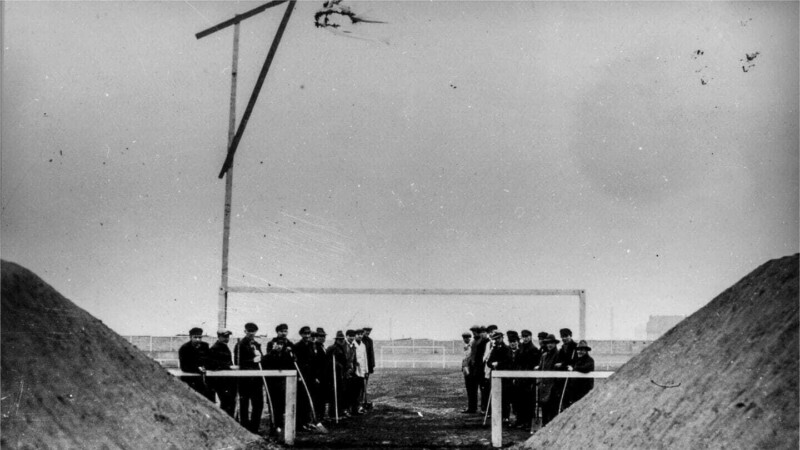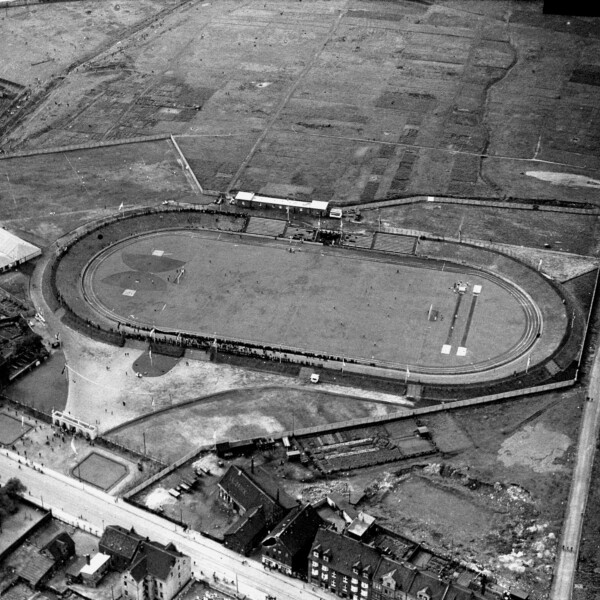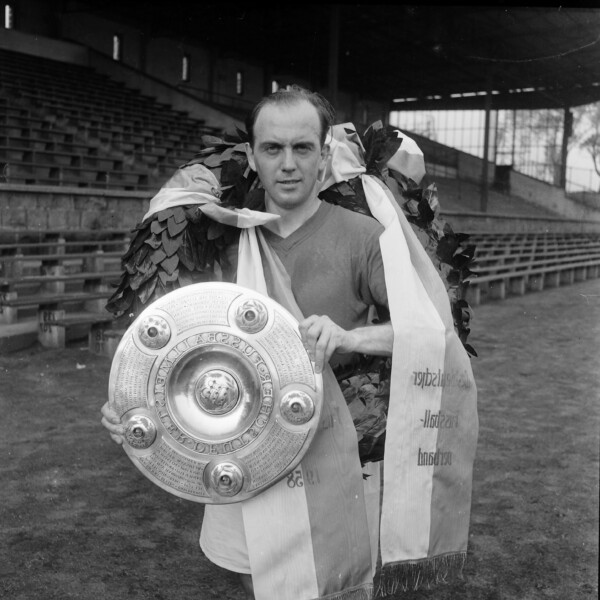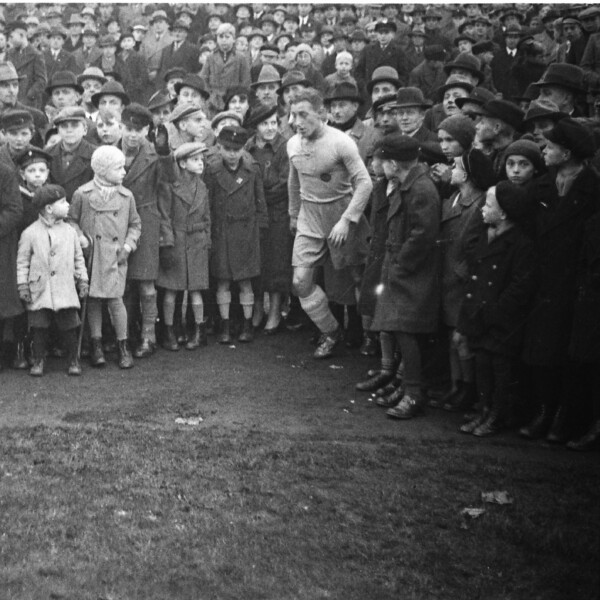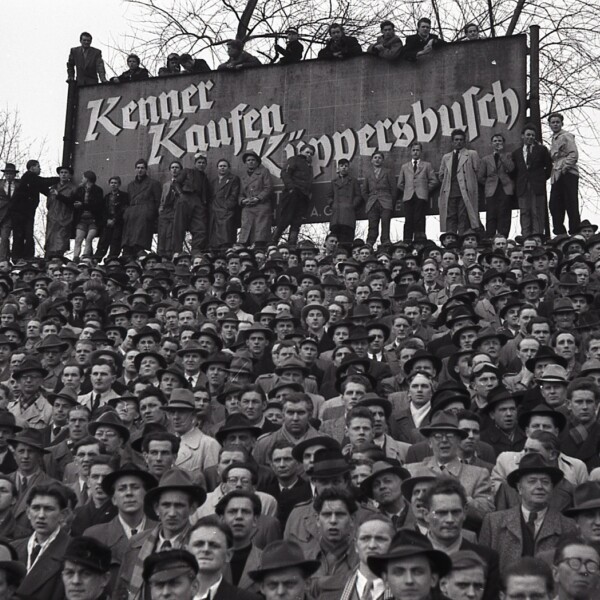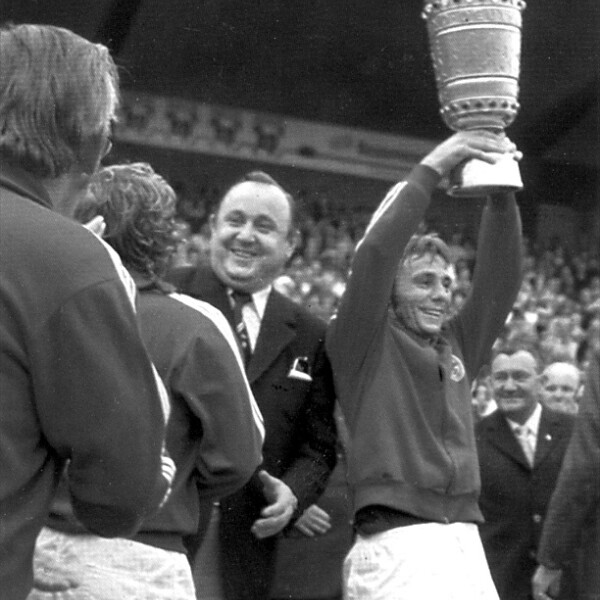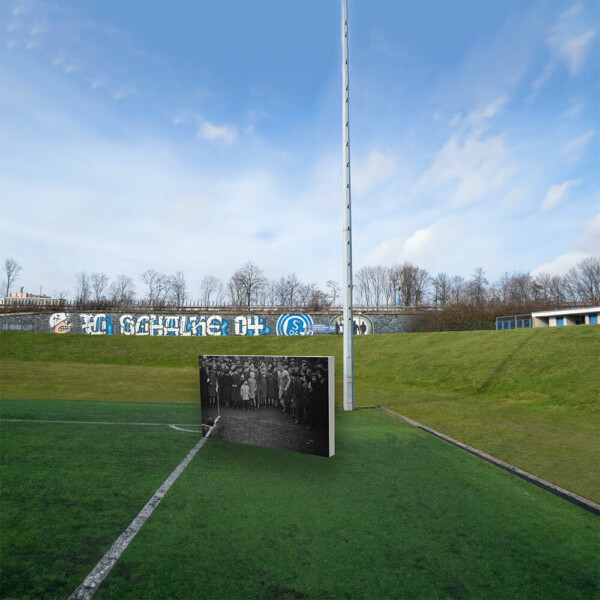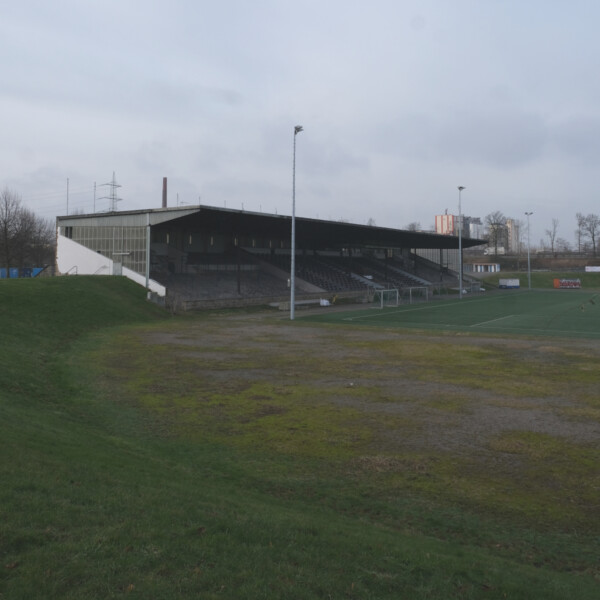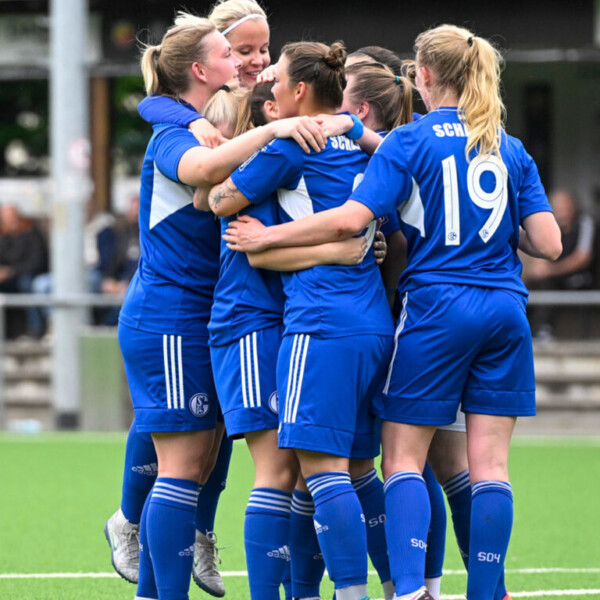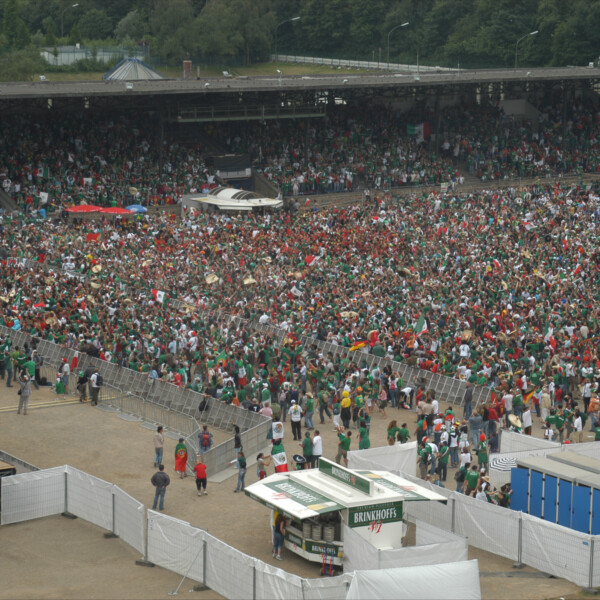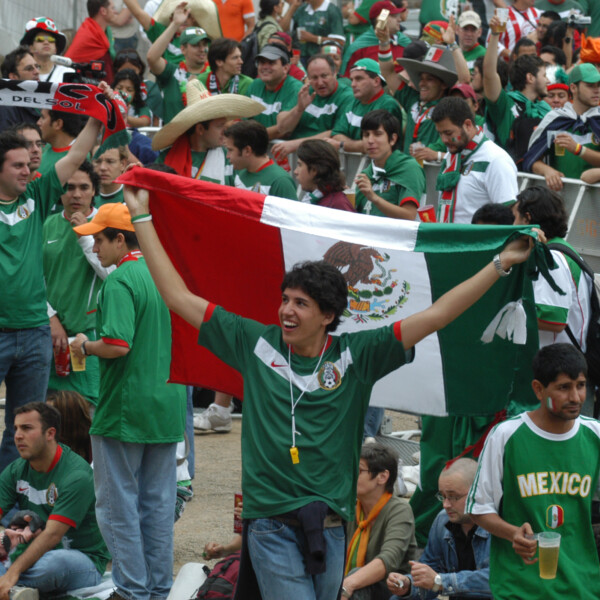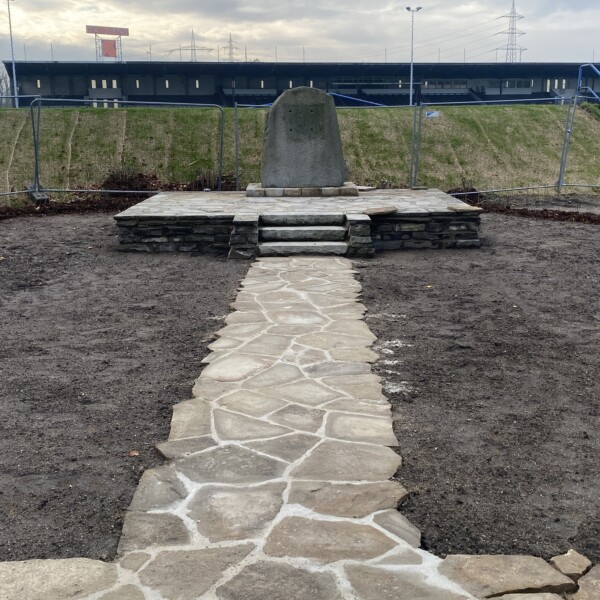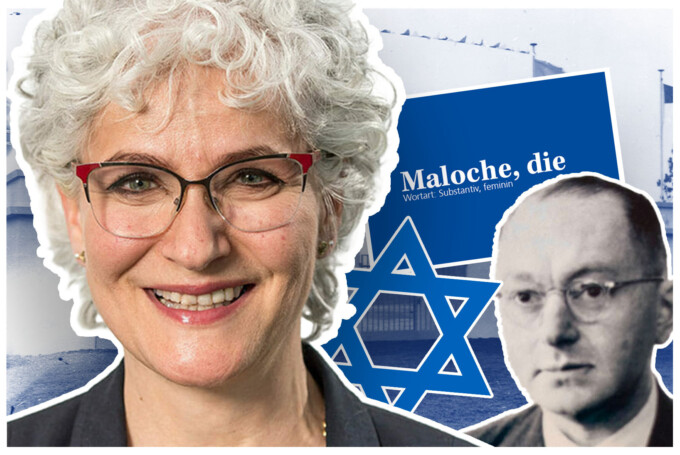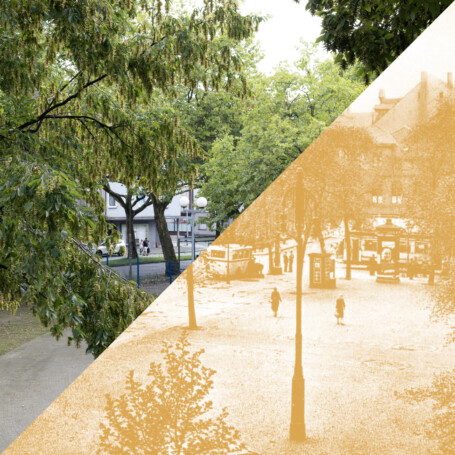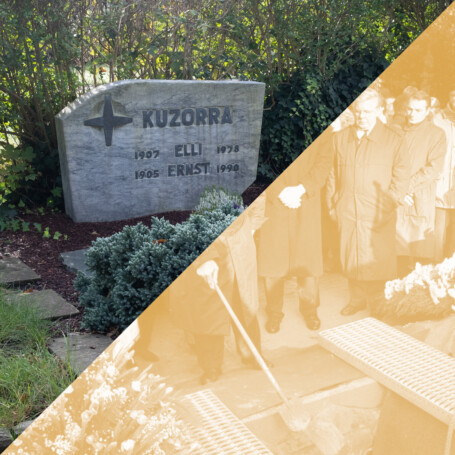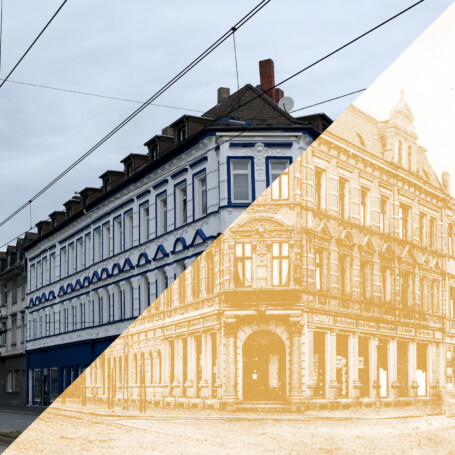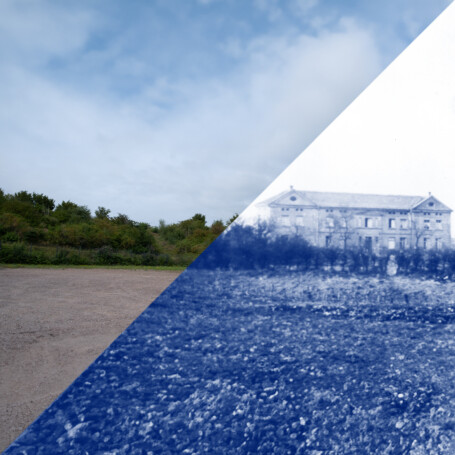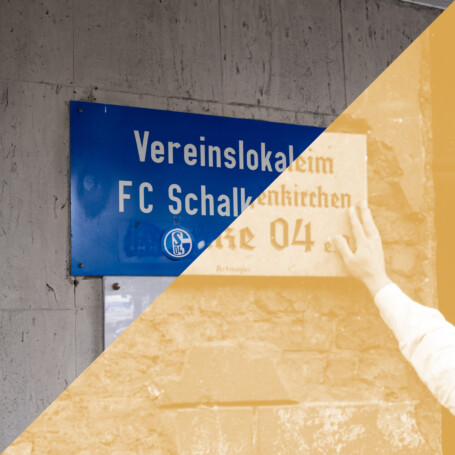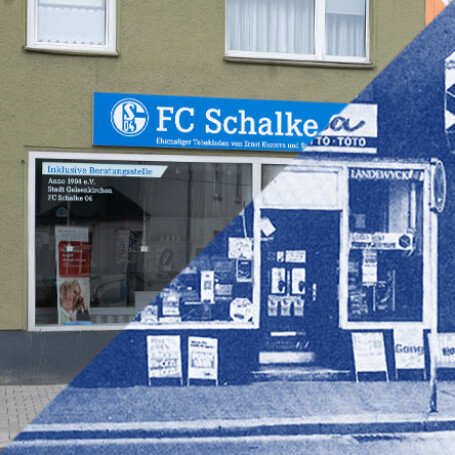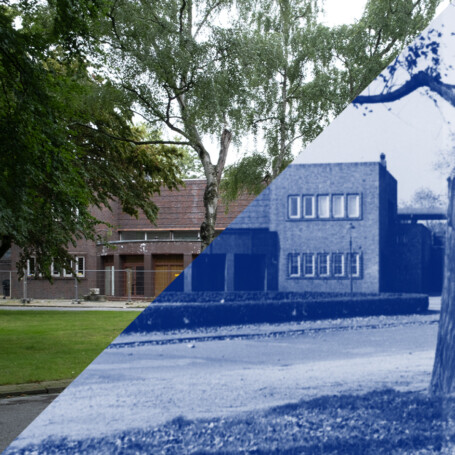Glückauf Stadium

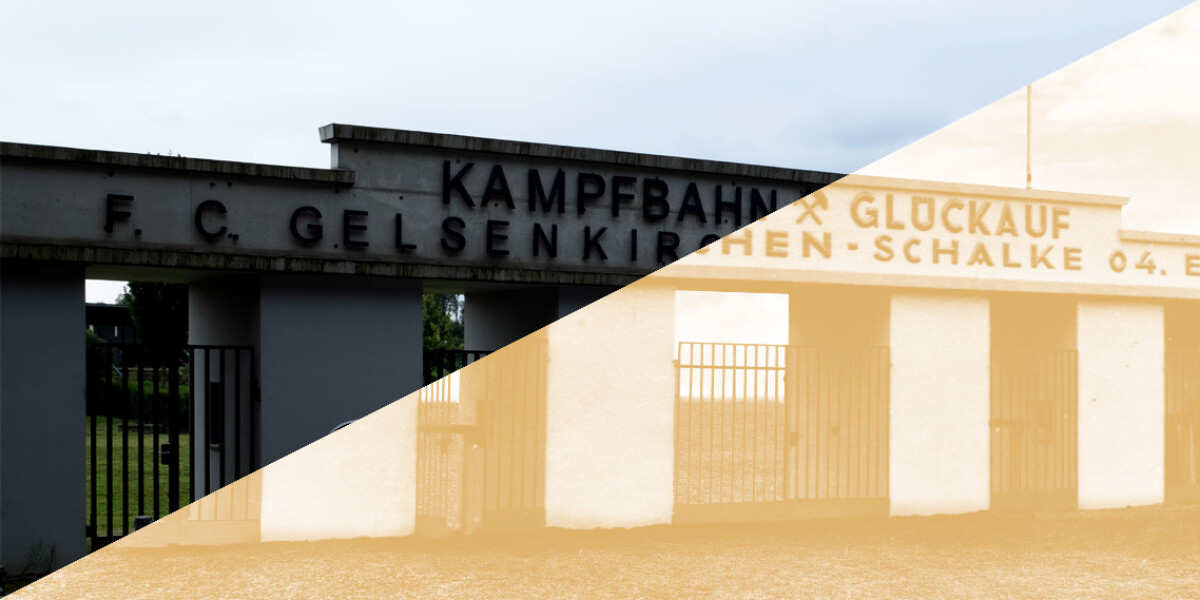
Big ambitions need big money
In the 1920s, the rise of FC Schalke 04 begins. Szepan, Kuzorra and the rest of the team adapt a completely new tactic. Their short passing game, which is unheard of in Germany, is called the "Schalker Kreisel". It is an early form of Tiki-Taka or one-touch football. In the year of promotion, the Royal Blues win the district championship. A few days later, the team returns as runner-up to the West German Champion to the Schalke Market. The following year they compete for the German championship. Their football is successful and attractive. More and more people flock to the games. But their venue on Grenzstraße is not big enough. There is only room for 5,000 spectators. Yet on some days up to 40,000 people want to watch the Schalker Kreisel work its magic. The Schalkers often have to move their games to stadiums in neighbouring towns such as Bochum, Oberhausen or Dortmund. In 1926, the club's members decide to build a new stadium with 35,000 seats. The club hopes that this will increase its income. This income will enable them to take the next step towards becoming a top team. But everyone is aware that you need supporters for such a huge project.
The new arena is to be built at the end of König-Wilhelm-Straße. On 60,000 square metres, in the middle of residential buildings, pubs and industry. The club raised 200,000 marks for the construction. The club family also helps and buys symbolic building blocks. The city of Gelsenkirchen knew at that time that the success of the football club would also reflect on the city. It supported the construction with loans and guarantees. But the most important partner was, as so often, the Consolidation Colliery. It provided the building land and the architects and engineers. The association expressed the connection to its two partners by giving the building two names: The stadium, which was inaugurated after a one-year construction phase, was christened "Kampfbahn Glückauf". A tribute to the miners and the close connection to the colliery - "Glückauf" is the greeting of the miners and roughly translates to "good luck". And because Schalke 04 was now the club of the entire city, it renamed itself 1. FC Gelsenkirchen-Schalke 04 e.V. for the opening.
The inauguration of the Glückauf Stadium laid the foundations for the club's most successful period. The Knappen won the German championship here seven times up to 1958. But in 1973, the club moved north to the new Parkstadion. FC Schalke 04 won it's last match at the Glückauf Stadium: The Hamburger Sportverein was sent back to the Elbe with a 2 to 0 defeat. But football is still played on the time-honoured (now artificial) pitch today. Schalke's youth teams played their matches here until 2006. Today, it is the home ground of the neighbourhood club DJK Teutonia Schalke-Nord and the women's section of FC Schalke 04.

